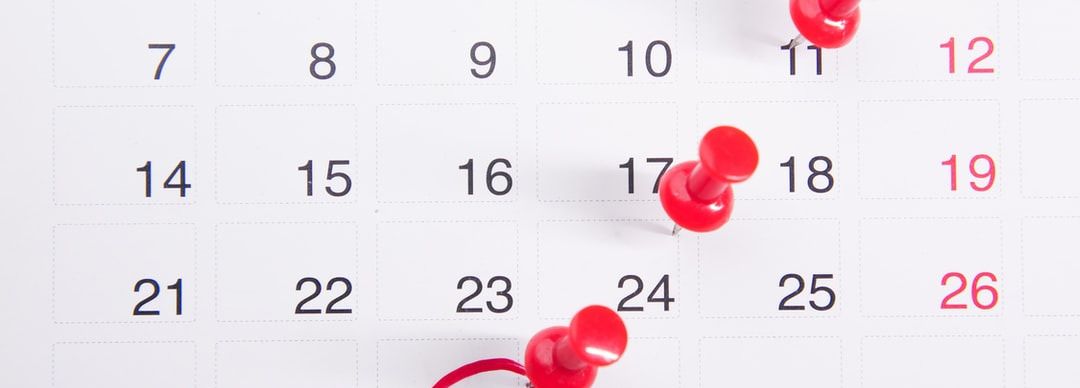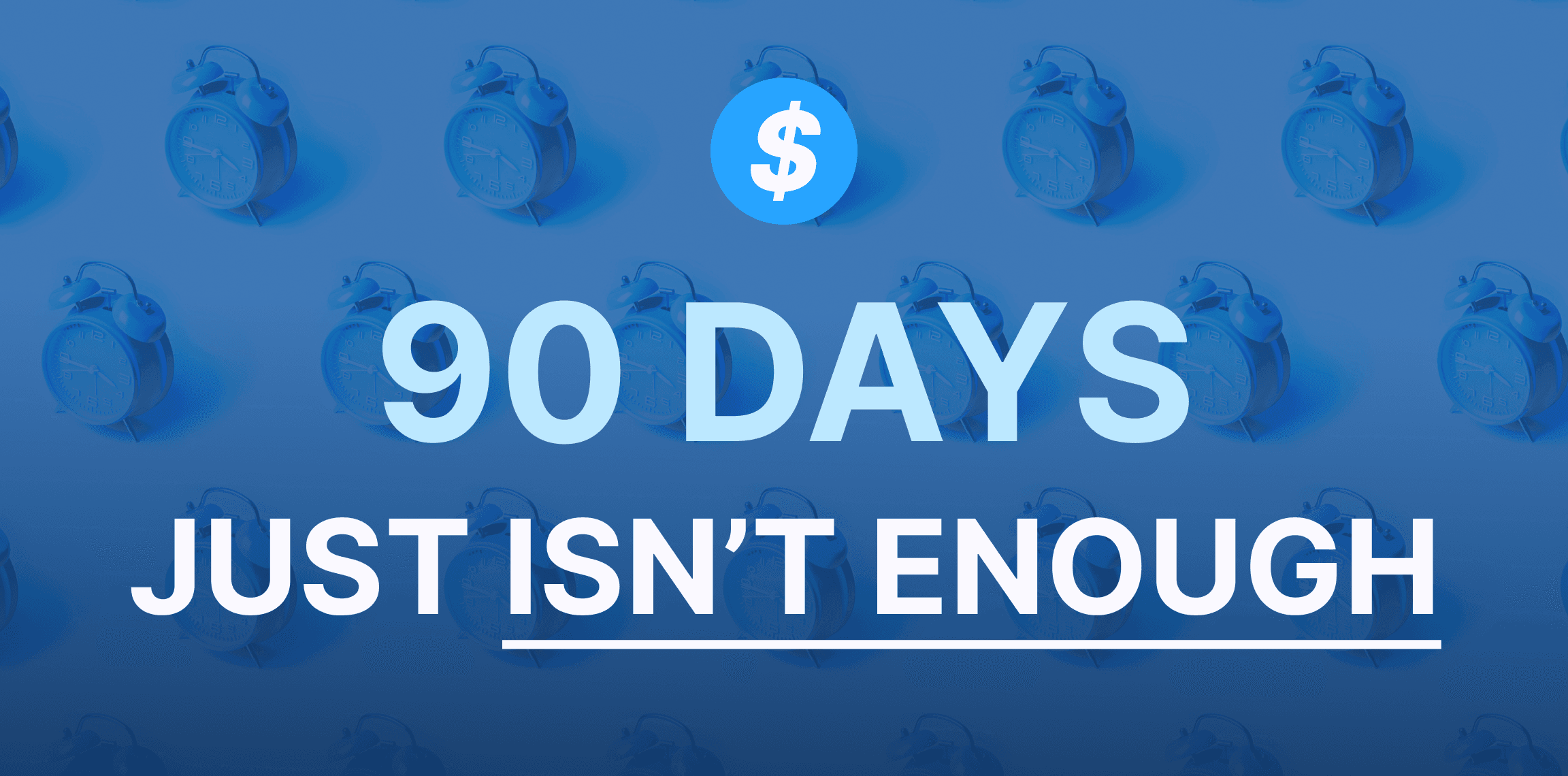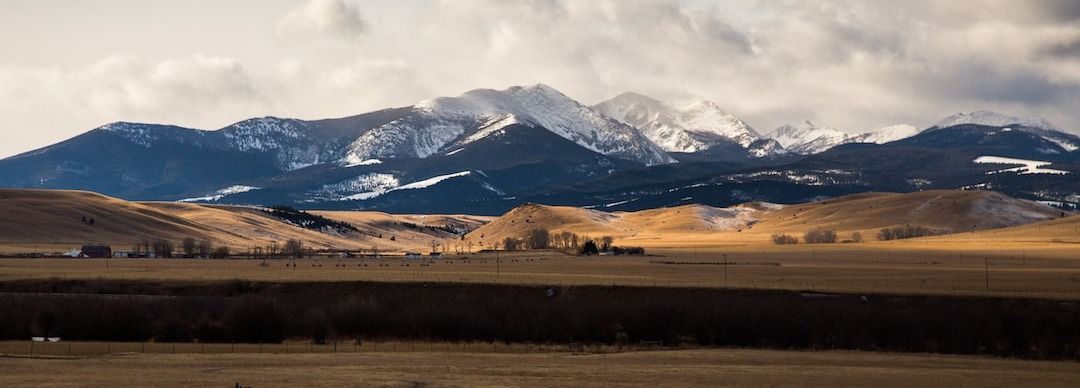2022 will be the year that America begins the collective —and complex — process of rolling out ubiquitous broadband networks. Congress has thrown a lot of money at the problem most recently through the Infrastructure, Investment and Jobs Act, the American Rescue Plan, and the Consolidated Appropriations Act, each with their own sets of deadlines. For now, I’ll focus on the IIJA — at the request of one of the Broadband.money‘s community members. These are notes that I made for a year-in-review Broadband Breakfast panel discussion that took place earlier this week. They largely came from Benton and a few other documents. But the text of the law is available here. A fuller on-site explanation/backgrounder to the IIJA is available here.
Key IIJA deadlines and milestones:
- The National Telecommunications and Information Administration has to issue Notices of Funding Opportunities to states by May 2022.
- However this process is complicated by the fact that NTIA can’t allocate the bulk of the infrastructure funding until the Federal Communications Commission issues updated broadband deployment maps. A bid protest over the FCC’s choice of a vendor has stopped the agency’s progress. The GAO has 100 days to decide whether the protest is valid. Only when this issue is resolved can the FCC start working with a vendor to create its Broadband Serviceable Location Fabric. So rather than commencing construction activities, 2022 might more likely be the great Year of Broadband Measurement Crowdsourcing and Inventorying as the FCC and state and local governments around the country ask the public to report on their Internet connections and complete speed tests online, among other things. Every government body is trying to figure out and verify where broadband networks really are and aren’t located, and what speeds and prices they’re really offering their users. Think of it like The Great Backyard Bird Count. This will be the Great National Broadband Count. (Broadband.money parent Ready.net offers its own speed test you can take here.)
- GAO has to issue a report on Internet speeds within a year: On how the FCC assesses speed; whether FCC should consider whether its requirements have an impact on the proliferation of broadband-based businesses, like small businesses, working from home, video conferencing, distance learning; whether it should issue/revise/update its rules on Internet speeds.
- “Reforming” the Universal Service Fund. The FCC launched a proceeding Dec. 15 to evaluate how it approaches its goal of ensuring universal access to the Internet in light of the IIJA. A report is due Aug. 22, 2022.
- Transition from Emergency Broadband Benefit to Affordable Connectivity Program begins December 2021 and must be complete by March 2022. What does this process involve? It involves the Agriculture, Health and Human Services and Education Departments to share data in mid-January so that Universal Service Administration Company can verify that people/end-users are eligible for the $30 a month broadband service discount. They use data from programs like Medicaid, SNAP, Public Housing Assistance, free and reduced lunch program to verify that individuals are eligible for the benefit. (If you’re an ISP that wants to get involved in offering Affordable Connectivity Program to your subscribers, you can enroll in broadband.money for tools you can use to easily sign up and track with EBB/ACP-participating subscribers.)
Workforce:
FCC needs to work with the Secretary of Labor to form an interagency taskforce on state training and safety standards for the telecommunications industry. They have a deadline of January 2023 to submit recommendations to Congress.
- By mid-May 2022, the Interagency Taskforce and the GAO need to submit a report to Congress the number of telecommunications workers needed to maintain 5G wireless and broadband infrastructure in rural areas.
- October 1, 2022: NTIA will begin awarding planning grants to states for State Digital Equity Plans. NTIA has $60 million each fiscal year.
- November 15, 2022: The FCC must issue rules on broadband labels including information on introductory v. long-term rates for consumers. (This is an idea that was introduced at the FCC several years ago and then repealed under the previous chairman’s tenure.) The FCC is to use the information on labels for Affordable Connectivity Program reporting. The FCC also has to issue final rules concerning the annual collection of pricing and subscription data of participating providers under the ACP. The FCC has six months to amend rules and verify that data and correct it. They have to make it public.
- May 15, 2023 FCC must create the Broadband Deployment Locations Map, an overview map of deployments of federally-funded broadband maps. The FCC is to update this map every six months.
- November 15, 2023 The FCC must promulgate rules against “digital discrimination.” The IIJA instructs the FCC to enact rules within two years to ensure that all Americans have equal opportunities to subscribe to high speed Internet access regardless of income level, race, ethnicity, color, religion, place of national origin. The law also instructs the commission and the attorney general to ensure that deployments don’t discriminate based on “an income level of an area,” or the race or ethnicity composition of an area, or based upon “other factors the commission determines to be relevant based on the findings in the record developed from the rulemaking.” And the FCC has come come up with model rules and best practices that states and localities can emulate to prohibit discrimination. Lastly, the law instructs the FCC to revise its complaint process to accept complaints about discrimination. - Bear in mind that each state and its broadband office will also issue their own deadlines for grant applications.


